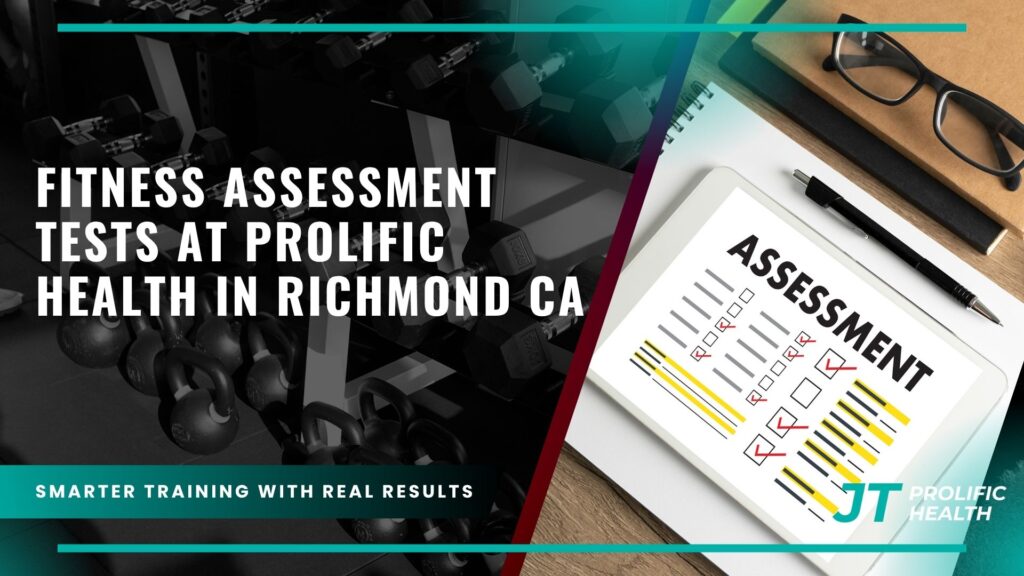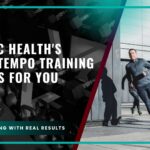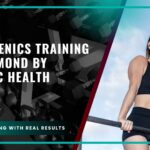Did you know 78% of people who start exercise routines never track their progress effectively? At Prolific Health, we’ve found that personalized metrics are the missing link for lasting results. Our Richmond and Vancouver locations specialize in turning numbers into actionable strategies for your well-being.
What exactly are these evaluations? They’re detailed check-ups that map your current physical capabilities. Think of them as a roadmap showing where you are now and how to reach your goals faster. Our team measures everything from heart health to muscle performance, using methods backed by sports science research.
Why does this matter? Without clear starting points, it’s easy to waste effort on workouts that don’t match your needs. We combine body composition analysis with strength challenges and flexibility checks. This mix helps us design programs that adapt as you grow stronger.
Key Takeaways
- Baseline measurements create personalized exercise plans
- Scientific methods ensure accurate progress tracking
- Cardiovascular health and muscle function are prioritized
- Assessments evolve with your changing capabilities
- Local experts available at 604-818-6123 for bookings
Introduction to Our Fitness Assessment Tests
Over 60% of Canadians struggle to maintain consistent progress in their workouts. At Prolific Health, our Richmond and Vancouver locations use scientific evaluations to turn this challenge into success. These measurements create a clear picture of where you stand today and how to move forward effectively.
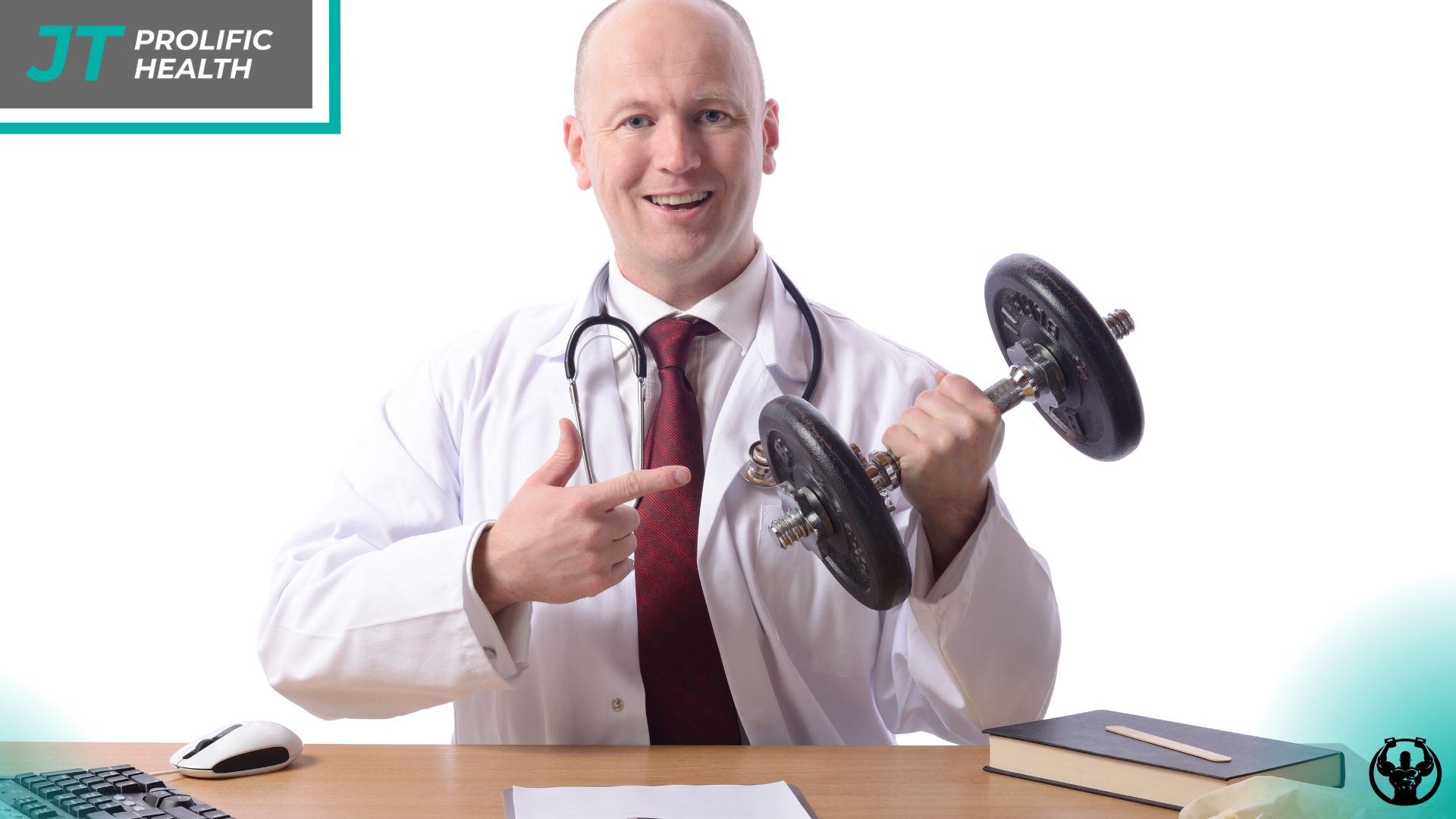

Our approach combines multiple checks to understand your body’s capabilities. Through heart rate analysis, movement patterns, and strength performance checks, we identify what’s working and where adjustments are needed. This isn’t about passing or failing—it’s about crafting smarter strategies for your growth.
Why does this matter?
- Pinpoints areas needing attention before they become problems
- Creates tailored plans that match your current level
- Tracks improvements using reliable, repeatable methods
These evaluations form the foundation of every program we design. By understanding your unique physical profile, our trainers develop routines that adapt as you progress. This personalized method keeps workouts challenging yet achievable.
We use advanced tools like bioelectrical impedance scanners and graded exercise protocols. Our team stays updated on the latest research to ensure every recommendation meets national health standards. Through detailed insights and supportive guidance, we help you build sustainable habits through private training.
What Are Fitness Assessments
Imagine having a blueprint that reveals exactly how your body moves and functions. Our evaluations analyze five core elements: heart/lung efficiency, muscle power, stamina, joint range, and tissue ratios. These metrics help us craft strategies that match your unique biological profile.
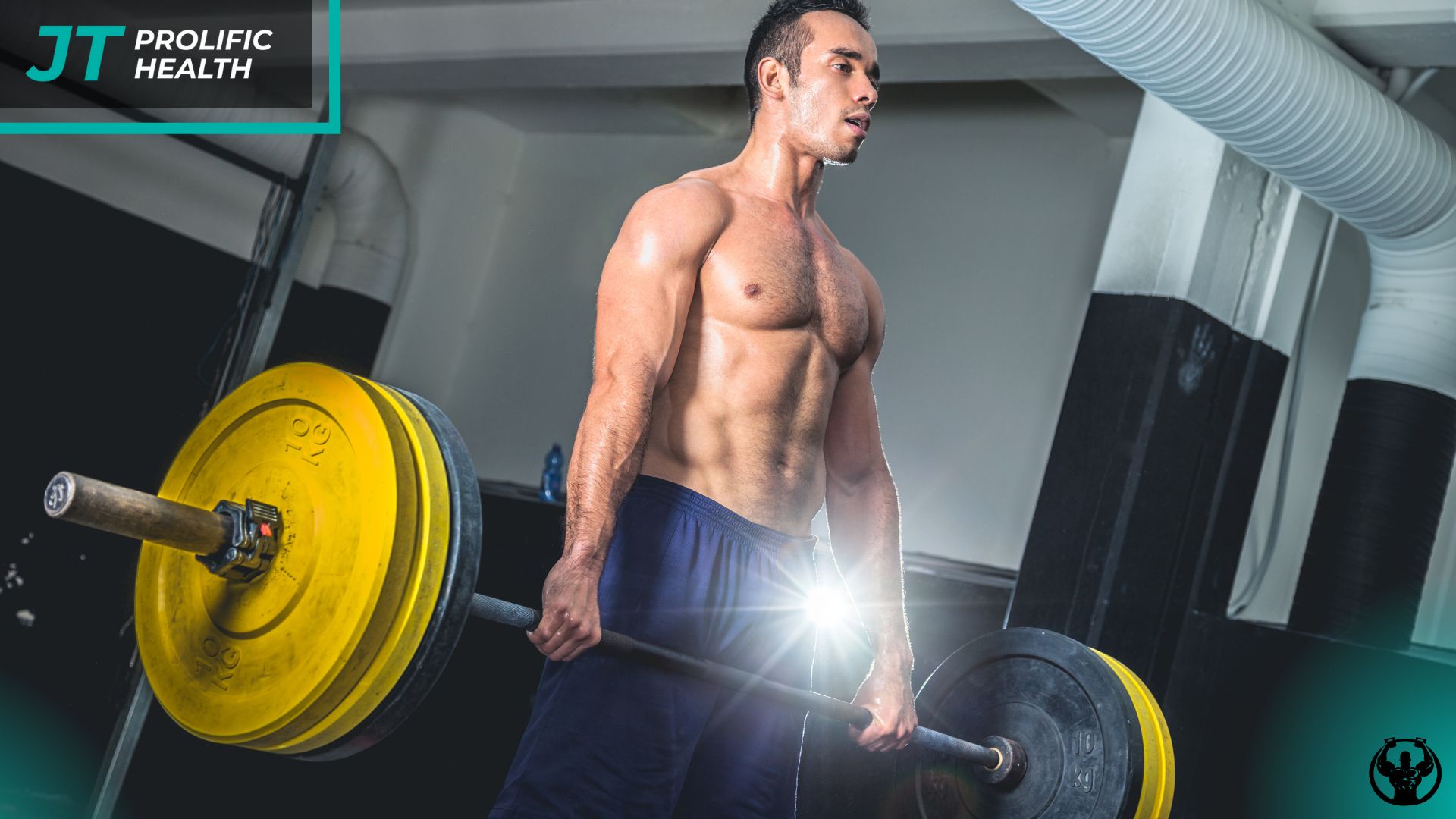

Understanding Measurement Types
We use two complementary approaches. Biometric checks track numbers like body fat percentage and resting heart rate. Functional trials assess real-world abilities – how many stairs you can climb or how smoothly you squat. Together, they show both your current status and practical strengths.
Why Baseline Data Matters
Starting points matter more than most people realize. Without clear metrics, you might:
- Repeat exercises that don’t challenge you
- Miss early signs of imbalance or strain
- Struggle to track meaningful progress
Our Vancouver and Richmond teams document every detail using hospital-grade tools. This creates reference points that make your growth visible over weeks and months. You’ll see exactly which areas improve fastest and where to focus next.
These evaluations also spot red flags early. Tight hamstrings affecting your running form? Resting pulse higher than recommended? We’ll explain what the numbers mean for your daily life and long-term wellness goals.
Comprehensive Fitness Assessment Tests Overview
How does your current routine stack up against your true potential? Our evaluations map five essential areas: heart/lung capacity, muscle performance, joint mobility, energy efficiency, and tissue ratios. This full-spectrum approach reveals what’s working and where adjustments could accelerate your progress.
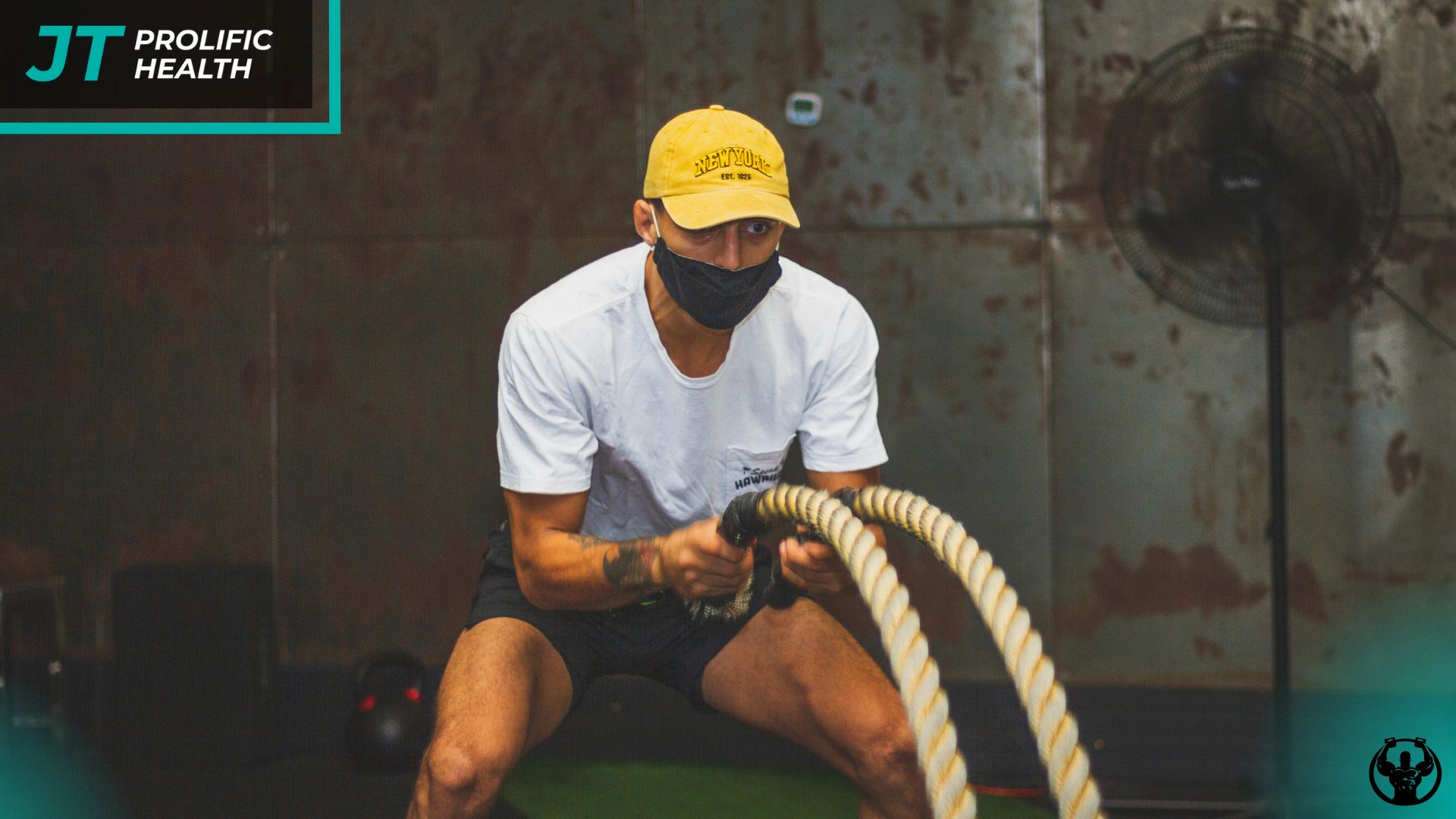

We blend simple tools like measuring tapes with advanced devices such as metabolic analyzers. Whether you’re new to exercise or training for competitions, our methods adapt to your capabilities. Here’s what gets measured:
- Cardiovascular stamina through timed challenges
- Power output using resistance-based trials
- Range of motion with precision movement analysis
- Body composition via dual-method scanning
Certified professionals guide you through each step, explaining how results connect to daily activities. A typical session lasts 45-60 minutes but gathers months’ worth of actionable insights. You’ll leave knowing exactly which areas need focus and how to track improvements effectively.
Our system meets Canadian Health guidelines while respecting your schedule. By combining multiple checks into one efficient visit, we eliminate guesswork and create clear paths forward. Ready to see where you stand? Our Richmond team tailors every evaluation to your unique goals.
Detailed Components of Our Assessment Protocol
How do professionals track progress effectively? Our system uses detailed checks that reveal your body’s core capabilities. These protocols focus on two key areas critical for lasting results.
Cardiovascular Endurance Measurements
Your heart and lungs work as a team during activity. We measure this partnership through three proven methods:
- VO₂ max trials using treadmill protocols
- Step challenges tracking recovery rates
- Timed walking assessments at varying intensities
These methods show how efficiently your body uses oxygen. Results help design training that builds stamina without overexertion.
Muscular Strength and Endurance
Power and persistence matter in daily movements. Our strength evaluations include:
- Controlled weight-lifting tests for maximum capacity
- Timed bodyweight exercises measuring repetition limits
- Functional trials mimicking real-world tasks
Safety comes first. Our team uses calibrated equipment and spotter techniques during all trials. You’ll receive clear benchmarks showing current levels and growth potential.
Upper Body Strength Evaluations
What separates effective strength training from guesswork? Our evaluations measure how your arms, chest, and shoulders work together during daily tasks. This data helps create routines that build functional power while preventing strain.
We analyze two key movements that reveal your true capabilities. These protocols adapt to different experience levels while maintaining scientific accuracy.
Push-Up Test Techniques
The push-up protocol checks how long your muscles can perform under pressure. Proper form matters:
- Keep your spine straight from neck to hips
- Lower until elbows reach 90 degrees
- Men use standard position, women modified knee stance
Our team counts successful repetitions to establish baseline endurance. This shows how well your chest and arm muscles handle repeated motions.
Arm Curl Test Insights
Grab light weights and prepare for 30 seconds of focused effort. The curl trial measures both power and staying power:
- Maintain controlled movements
- Full extension at elbow joint required
- Count valid repetitions within time limit
Results highlight bicep development and identify imbalance risks. You’ll learn whether to focus on heavier weights or longer sets during training.
These evaluations take 20 minutes but provide months of guidance. Our Richmond specialists explain findings using easy-to-understand charts. Ready to transform how you build upper body power? Call 604-818-6123 to schedule your session.
Core Strength and Endurance Assessments
How often do you consider your core’s role in simple movements like lifting groceries or playing with kids? Our evaluations measure this hidden powerhouse that stabilizes every action. Strong trunk muscles prevent injuries and improve performance in sports and daily tasks.
We use two proven methods to gauge your core capabilities. These protocols reveal weaknesses you might not notice until they cause problems. Our Richmond team customizes each evaluation to match your lifestyle and goals.
Abdominal Muscle Evaluation
The standardized curl-up protocol measures how long your stomach muscles can sustain effort. Proper form ensures accurate results:
- Feet flat, knees bent at 90 degrees
- Fingertips slide along measuring strip
- Controlled curl-up to 3-inch marker
This timed trial shows endurance in your rectus abdominis. Results help create targeted routines that build lasting power.
Plank Position Analysis
Holding proper alignment challenges your entire core system. Our forearm plank evaluation checks:
- Spinal alignment from shoulders to heels
- Engagement of deep abdominal muscles
- Time maintained without form breakdown
Variations test different muscle groups. Side planks assess oblique strength, while extended-arm versions challenge shoulder stability. You’ll learn which positions need improvement and how to progress safely.
These measurements connect directly to injury prevention. Weak core muscles often lead to back pain or poor posture. Our team explains how to strengthen vulnerable areas through personalized exercises. Ready to build a resilient midsection? Call 604-818-6123 to book your evaluation.
Lower Body Power and Flexibility Evaluation
How much explosive force can your legs generate during a sprint or leap? Our evaluations measure the energy transfer from your muscles to movement, revealing hidden potential in your lower body mechanics. These insights help create training plans that boost both power output and joint safety.
Vertical Jump Measurements
The vertical jump protocol tracks how high you can propel yourself from a standing position. Proper technique ensures accurate results:
- Feet shoulder-width apart with knees slightly bent
- Arm swing coordinated with leg extension
- Land softly on both feet to protect joints
We measure both jump height and control during landing. This shows your ability to generate explosive power while maintaining stability. Results highlight opportunities to improve athletic performance or daily activities like climbing stairs.
Wall Sit Test Overview
This endurance trial assesses how long you can hold a seated position against a wall. Key form points include:
- Back flat against the surface
- Thighs parallel to the floor
- Weight distributed evenly
Timing starts when proper alignment is achieved. The test reveals strength imbalances between left and right legs while testing quadriceps and glute endurance. Our team uses these metrics to design programs that build staying power for sports or prolonged standing.
Both evaluations take 20 minutes but provide year-round guidance. You’ll receive clear benchmarks showing progress in leg strength and movement efficiency. Ready to unlock your lower body potential? Call 604-818-6123 to book your session.
Flexibility and Mobility Testing
Your ability to bend and move freely impacts everything from weekend hikes to household chores. Our evaluations identify restrictions that could lead to discomfort or reduced performance. Through precise measurements, we map your body’s capacity for smooth, pain-free motion.
Sit and Reach Method
The sit-and-reach protocol measures how far you can stretch forward from a seated position. This simple check reveals tightness in your hamstrings and lower back. Proper form includes:
- Feet flat against the measurement box
- Knees fully extended
- Slow, controlled forward reach
Results show whether these muscles limit your bending or lifting motions. Tight areas often contribute to back strain during activities like gardening or snow shoveling.
Overhead Squat Analysis
This full-body evaluation tracks how well your joints work together during complex movements. Holding a rod overhead while squatting exposes limitations in:
- Ankle mobility
- Hip flexibility
- Shoulder range
Compensations like heel lifting or knee collapsing indicate where to focus improvements. Our team explains how these patterns affect sports performance or prolonged sitting.
Both evaluations take 25 minutes but provide year-round guidance. You’ll learn targeted stretches and exercises to enhance movement quality. Ready to move with greater ease? Call 604-818-6123 to start your journey toward better mobility.
Measuring Body Composition Accurately
Your weight alone doesn’t tell the full story. Professional-grade analysis reveals what’s happening beneath the surface – muscle distribution, fat ratios, and hydration levels. We use multiple validated methods to map your unique physical makeup.
- Bioelectrical impedance scans tracking fluid distribution
- Skinfold caliper measurements at 7 key sites
- Air displacement technology mapping tissue density
These methods overcome BMI’s limitations by distinguishing muscle from fat. You’ll see exactly where progress occurs, whether gaining lean mass or reducing visceral fat stores.
Consistency matters. We control variables affecting results:
- Testing at consistent daytime hours
- Pre-session hydration protocols
- Equipment calibration checks
Your report shows how each measurement connects to daily life. Higher muscle ratios correlate with better metabolic health, while balanced hydration supports joint function. We explain what the numbers mean for your energy levels and long-term wellness.
Combined with movement evaluations, this data creates tailored plans addressing both strength and body composition goals. Ready to move beyond basic scales? Call 604-818-6123 to schedule your analysis.
Aligning with Canadian Health Guidelines
Ever wonder how your physical health stacks up against expert recommendations? Our evaluation methods follow strict standards set by Health Canada and BC provincial authorities. This ensures every measurement connects to national wellness objectives while addressing local health priorities in Richmond and Vancouver.
We match our protocols to regional initiatives promoting active lifestyles. For example, Vancouver’s mobility-focused urban planning informs our joint flexibility checks. Richmond’s workplace health programs shape how we analyze posture and endurance levels.
How We Meet National Standards
Your results get compared to established benchmarks for cardiovascular capacity, muscle performance, and movement range. These comparisons help set realistic training targets. Our team explains how hitting certain levels reduces risks linked to chronic conditions like diabetes.
Age-specific norms guide personalized plans. A 45-year-old’s strength goals differ from a college athlete’s targets. We account for these variations using data from Canadian population studies.
Ready to measure your progress against science-backed standards? Call 604-818-6123 today. Our specialists will show how your numbers align with health objectives while crafting strategies for lasting improvement.


